Gelatine is a versatile setting agent used in both sweet and savoury cooking – in everything from souffles to mousses. Here’s the inside scoop on working with gelatine, so it’s anything but risky business.
What is gelatine?
Gelatine is derived from animal collagen and is used to set desserts like panna cotta, marshmallows or fruit jellies. Gelatine comes in two forms: sheet/leaf gelatine and powder gelatine. Both types are flavourless, odourless and clear. You can also buy pre-flavoured fruit jellies that come in block or powdered form. Both work very well for creating a set and firm jelly-like texture
Bloomin’ gelatine!
Whether you’re using leaf or powder gelatine, you need to “bloom it,” or bring it to life so it can absorb as much water as possible, before adding it into your recipes. You do this by letting the gelatine set in cold water for 3-5 minutes. Powdered gelatine is ready when it has “bloomed” or expanded, and leaf gelatine is ready when it has relaxed and softened. Powdered gelatine can be added right to recipes, whereas leaf gelatine needs to be squeezed before being added. To do this, simply pick up the leaf gelatine and squeeze out as much water as possible before adding it to a hot liquid to dissolve. You can use just about any liquid your recipe calls for in this stage, from fruit and vegetable juices to cream and milk (just note, gelatine takes about twice as long to dissolve in cream or milk as it does in a thinner liquid). Allow the liquid to cool before adding it to the rest of your recipe. If it’s too hot when added, it can set in lumps when it comes in contact with the other, colder ingredients.
Work quickly but don’t worry!
Gelatine starts to work pretty quickly once it’s added into the recipe, so be sure the mould you’re using is ready and waiting. If it does start to set up and you’re not quite ready, you can re-heat the base to soften the gelatine again. This won’t damage the gelatine or its ability to make your recipe solidify.
Firm factor
The firmness of your final product depends on two factors: the ratio of water to gelatine and the temperature:
- Use 1 tbsp powdered gelatine to 470ml water for standard firmness. Decrease or increase the water or other liquid for your recipe’s needs.
- 135g block flavoured gelatine needs 285ml boiling water, followed by 285ml cold water.
- If you are using leaf gelatine, 1 tbsp powdered gelatine equals 4 sheets of leaf gelatine.
Unmoulding
To make the unmoulding easy, you must oil your mould before you add your liquid jelly. It’s best to use an unflavoured oil, like sunflower, vegetable oil or spray oil. You don’t want to overdo it with the oil as you don’t want an oily film at the top of the final jelly. When unmoulding, dip the mould into warm (not hot) water to the depth of the gelatine for 5-10 seconds, loosen edges with a knife or spatula, then carefully unmould. Return the unmoulded dessert to the fridge for 20 minutes to firm back up. To easily centre a mould on a plate, rinse the plate with cold water before unmoulding the jelly onto it. This way, you can easily slide it into the right position.
Storage
Always store gelatine-based desserts covered and in the fridge. You can remove them just before unmoulding or serving. Two hours of chilling should be enough for standard clear moulds, while it may take up to four hours for those with additions like fruit or cream. Layered gelatine will take longer since each layer must be individually chilled and firmed before adding the next layer.
Plant-based alternative?
If you do not want to use animal-based gelatine, there are other great options. The most popular types of plant-based gels are Agar Agar or Kanten. These gels have been used in Asian-style cuisine for generations and are widely available in both health food stores and Asian markets. They are extracted from a type of seaweed and work in a similar way to traditional gelatine, the differences being in the amount you will need and the way in which you dissolve or “bloom” it before adding to your recipes.
Check out this recipe for Sangria cheesecake tart – one of our favourite ways to use gelatine.
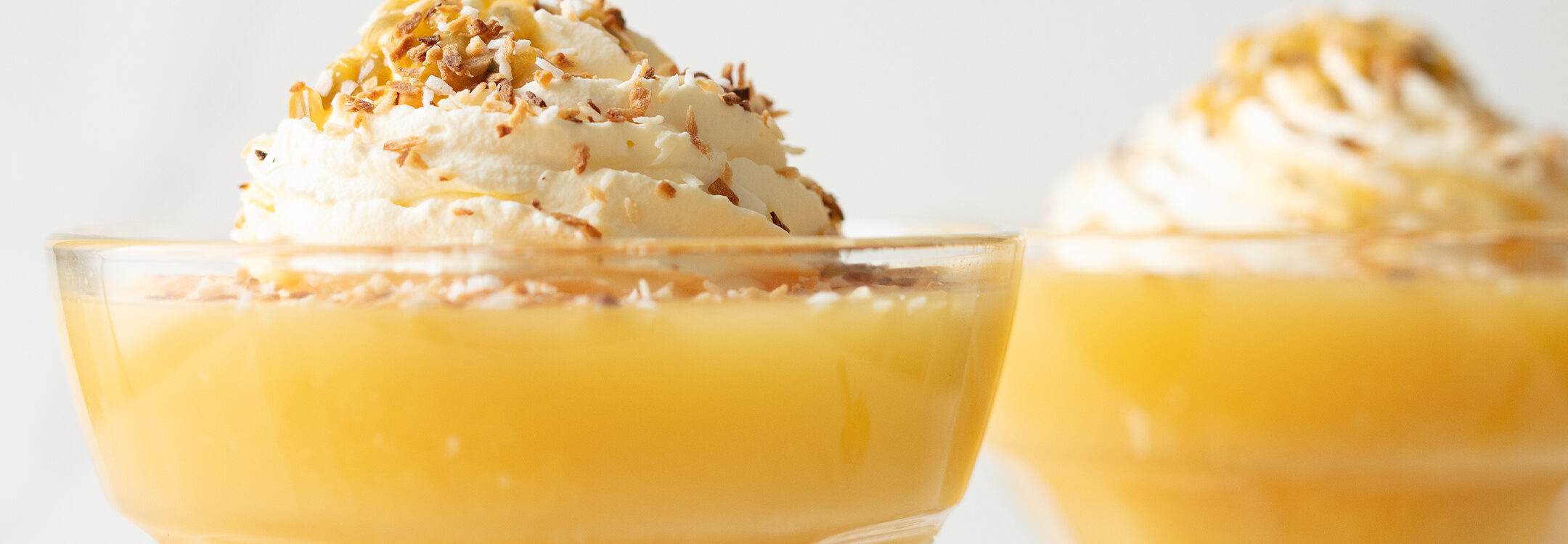
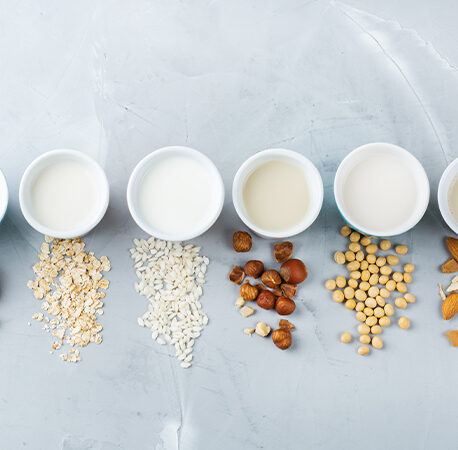
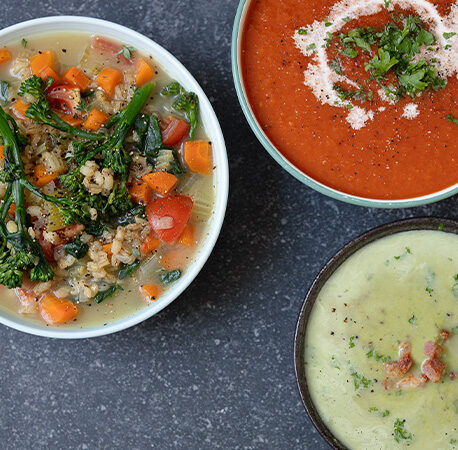
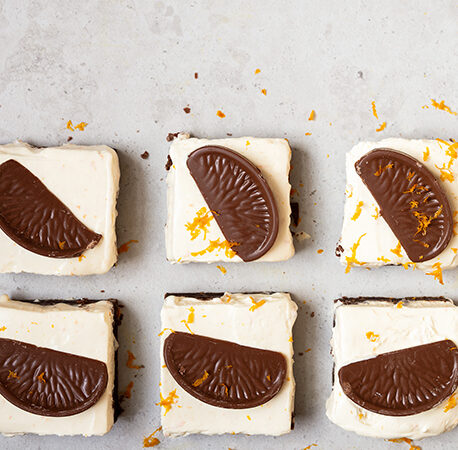
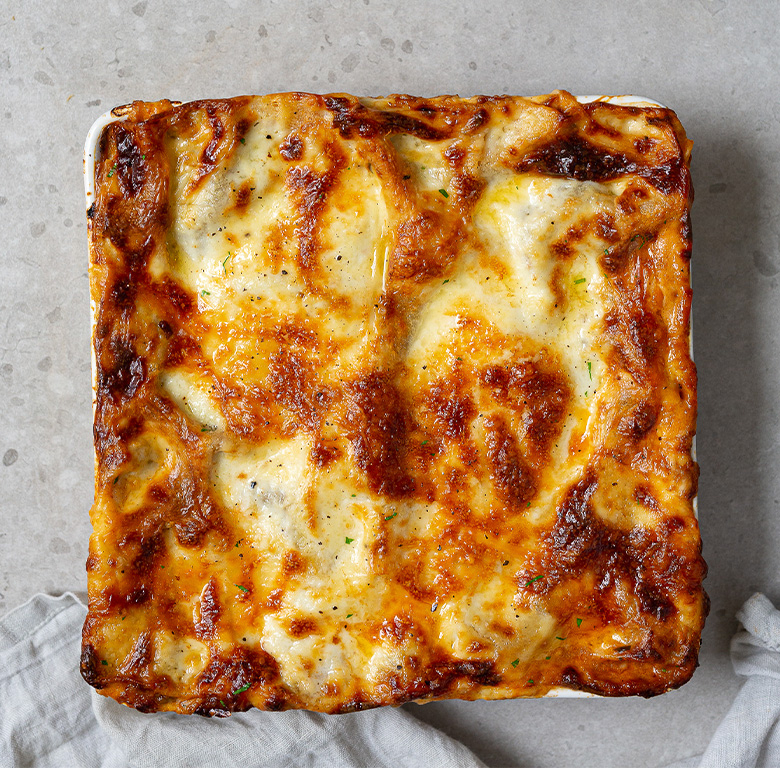

You have to be signed in to comment this post.